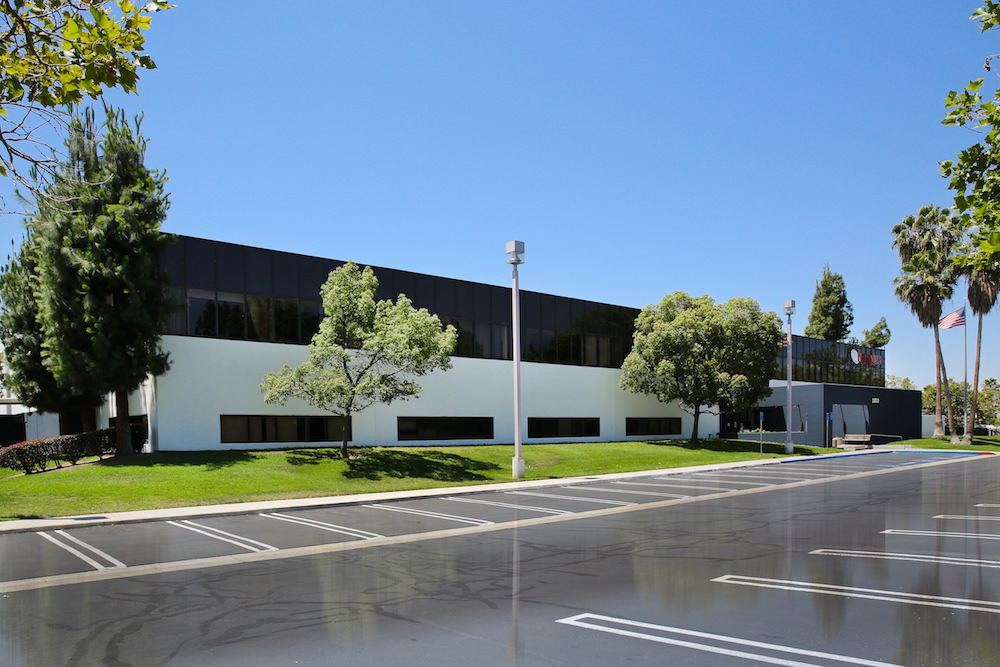Defining Delay in Possession, why it can carry major consequences, and some tips to adequately prepare yourself in order to avoid it.
In a recent post, The Devil Is in the Details, we shared a story about a tenant’s failure to secure a business license prior to signing his lease.
Fortunately, we insisted that he obtain one before he put pen to paper, and it was a good thing we did! The city turned him down based on his intended use of the facility. That wasn’t good news for anyone, but it avoided a potential disaster for all concerned. That story prompted our thinking about other potentially challenging leasing issues, so we decided to make a list and share our thoughts on them one at a time. Today’s topic: Delay in Possession.
Defining the Problem

AIR lease documents, the most widely used in our industry, make specific reference to the rights and duties of the parties if the leased property is not delivered to the Tenant on the Commencement Date of the lease. In fact, the Delay in Possession clause gives the Landlord a 60-day grace period to deliver the premises provided a “commercially reasonable effort” is made to hand over the keys for occupancy.
What constitutes a commercially reasonable effort is essentially anybody’s guess. The term is deliberately vague in order to protect the Landlord from being held responsible for a delay. Most non-AIR leases also contain provisions for a delay in possession and some are tilted even more in the favor of the Landlord.
The Tenant, has between the 60th and 70th day after the Commencement Date to give the Lessor written notice of its decision to cancel the lease due to non-delivery. If such notice is not forthcoming, the Landlord has until the 120th day from the Commencement Date to deliver the premises. If possession is not given by then, the lease automatically terminates without further obligation to either party.
How It Happens

This can be disastrous to the Lessee in so many ways, but we will focus on just a couple to drive home the point that Delay in Possession can be a big, big deal depending on the circumstances. And given today’s tight market conditions, it is getting more and more likely to be a problem.
The vacancy rate is hovering in the 2% range and is expected to remain that low for the foreseeable future. Very little space is being constructed due to a lack of buildable land and sky high construction costs. In all of Orange County, just one industrial project is currently under construction. So, prospective tenants are left with little to choose from and often must sign a lease on a property that is still occupied by another tenant making a move of its own.
That potential occupancy overlap is where the Delay in Possession issue pops up most. The tenant looking to move out may have a delay of his own to contend with, forcing what is known as a “holdover”, whereby the tenant has no choice but to stay in his space beyond the lease expiration (subject to a rent penalty of 50% or more) while he waits for his new space to be readied for occupancy.
In turn, that delay could be caused by yet another delay down the line, as tenants and landlords scramble to get everything coordinated. That difficulty is compounded by the fact that many of the parties are completely unrelated. Each transaction in the chain has only two related parties. We call it the Domino Effect for obvious reasons.

Sometimes the delay is due to a legal dispute between a tenant and landlord. In some instances, a struggling tenant will stop paying rent in the months before lease termination and then file bankruptcy in the final days of the lease, which protects the tenant for months while the filing makes its way through the courts.
If the new lease calls for tenant improvements to be constructed, an existing tenant’s failure to leave on time will delay that process no matter what effort the Landlord may make to complete them.
Sometimes there is a delay in the construction process itself, either due to the fault of the Landlord, the contractors or regulatory red tape. Permits, architectural drawings and the construction bidding process all take time, and so does the construction process itself. There are other reasons for delays, as well, but you get the picture; circumstances beyond your control can delay occupancy whether you are the Landlord or the Tenant in the transaction.
The Solution: Plan Ahead

Make sure your real estate professional understands your timing constraints and vets every building you are interested in for the potential of a Delay in Possession.
Most delays can be avoided, but only if you get out in front of the problem or avoid problem properties altogether. Unfortunately, conditions are so tight, many tenants have only one building to choose from. So, make sure you approach your existing landlord to arrange for more time to vacate if you run into a delay. Look at the problem from a worst-case perspective and plan accordingly, and don’t take a chance on a building that poses potential for a delay just because it’s cheaper.
Be willing to walk away from a potential transaction if a delay in possession could put you in a bind. In the end, it could cost you much more in both dollars and aggravation if you take the risk and commit to a property that may not be deliverable on time.


Leave a Reply
You must be logged in to post a comment.